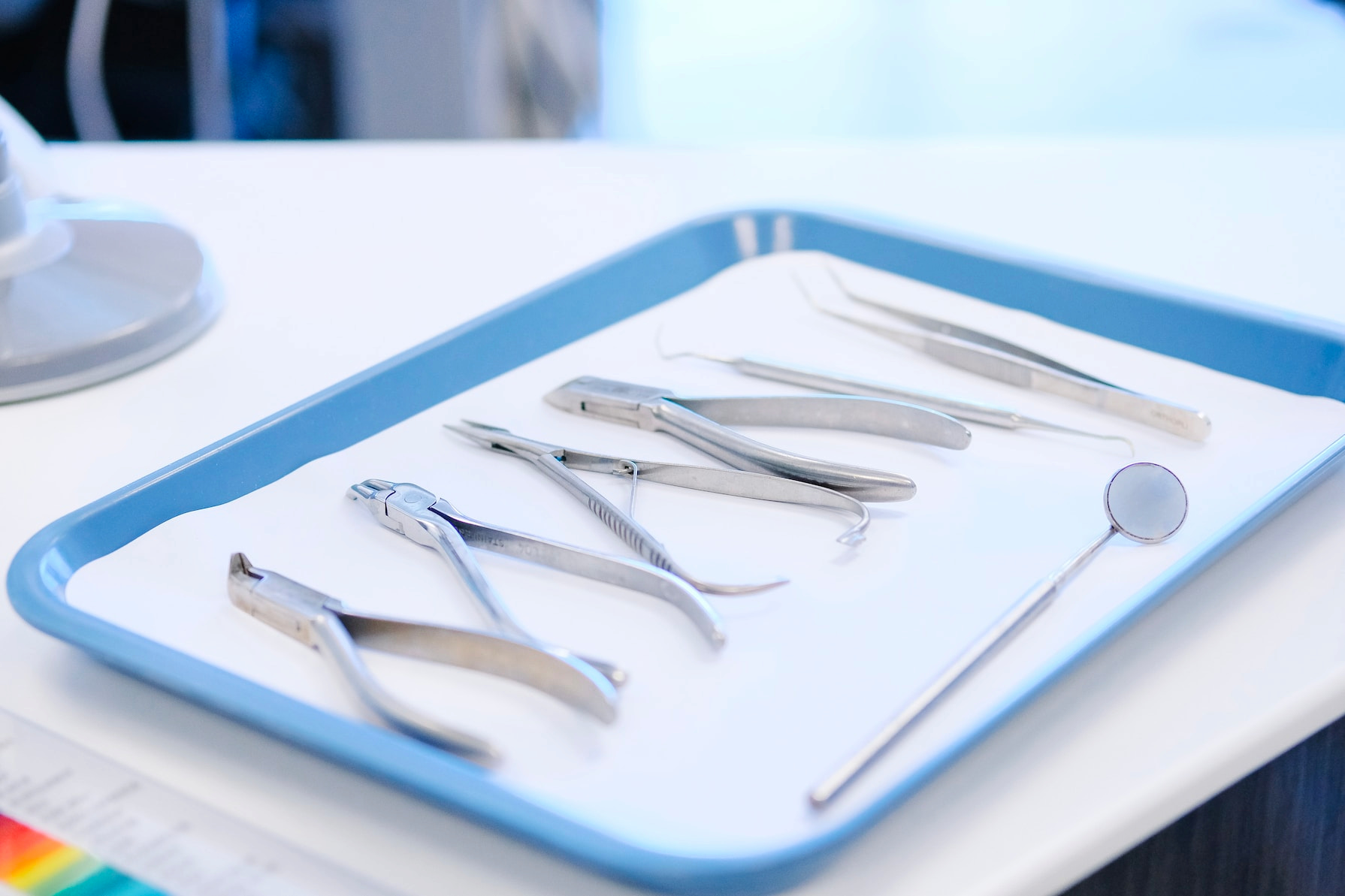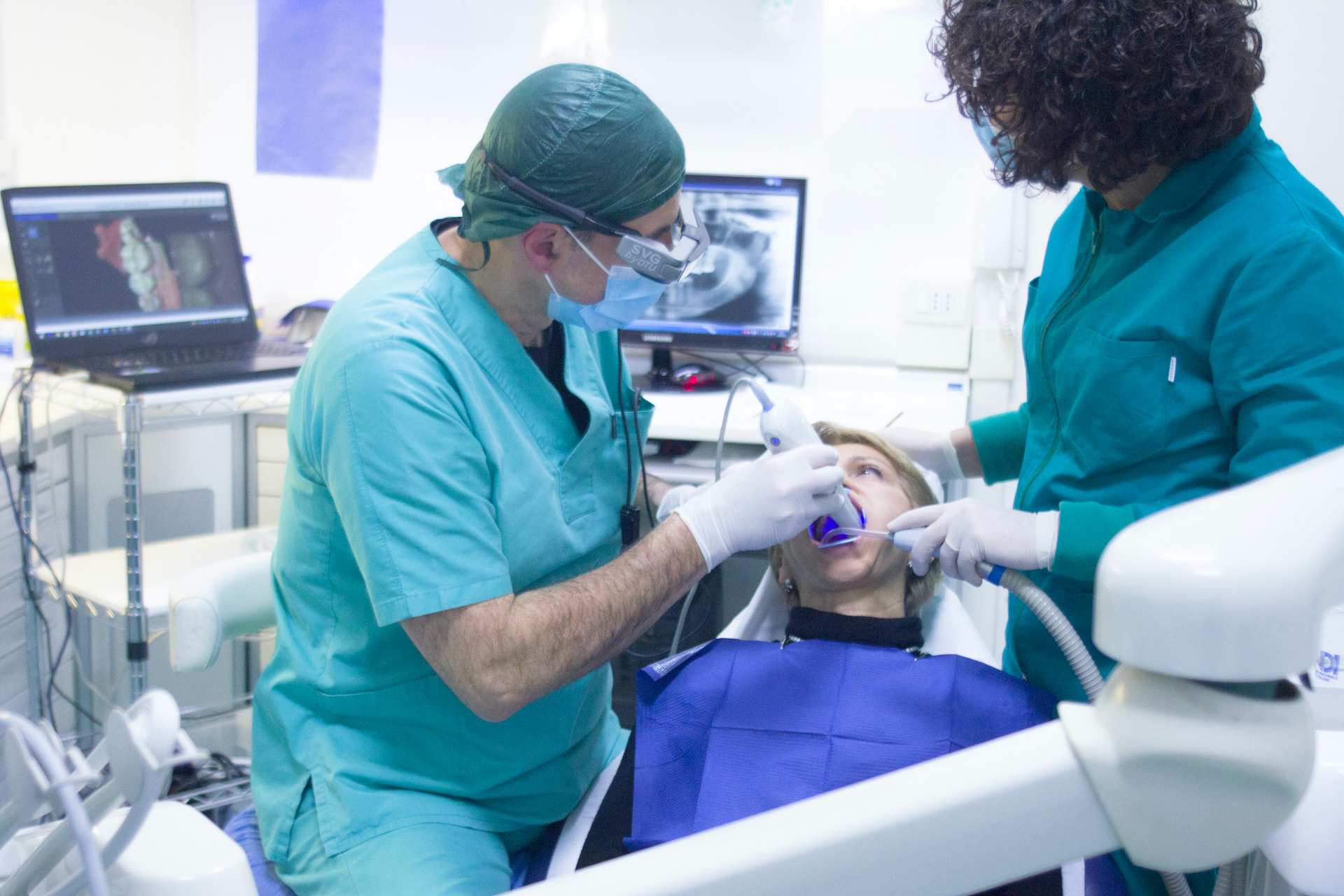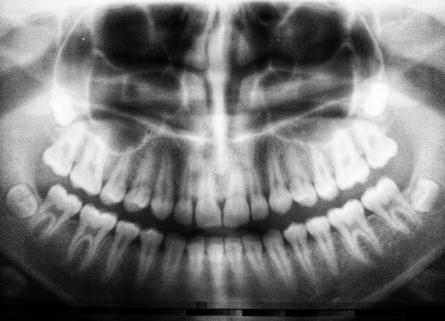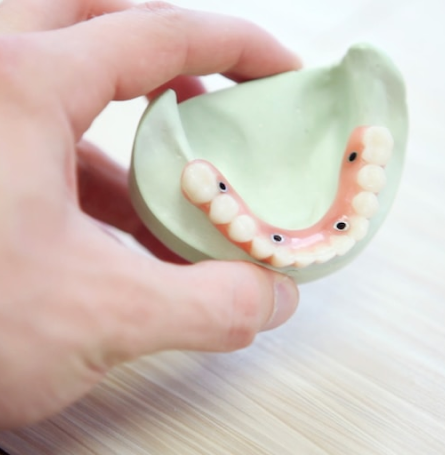Dental Bonding Procedure
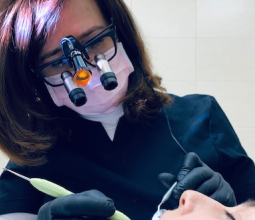
Preparation
The dentist will carefully examine the tooth and determine if dental bonding is the appropriate treatment option. The tooth surface is then cleaned and prepared by roughening it slightly, which helps the bonding material adhere securely. If necessary, the dentist will match the shade of the bonding material to your natural teeth to ensure a seamless blend.

Bonding application
The dentist will select a composite resin material that matches the colour of your natural teeth. This resin is a pliable material that can be moulded and shaped to achieve the desired result. The dentist will apply the resin to the tooth surface, carefully sculpting and smoothing it to achieve the desired shape and contour. Once the resin is in place, a special curing light is used to harden and set the material.

Sculpting and shaping
After the bonding material has hardened, the dentist will further refine the shape and contour of the bonded tooth. They will use dental instruments to trim away any excess material, ensuring a precise and natural-looking result. The dentist will also polish the bonded tooth to create a smooth and glossy finish that matches the surrounding teeth.

Final evaluation and maintenance
Once the dental bonding procedure is complete, the dentist will evaluate the results and make any necessary adjustments to ensure optimal aesthetics and functionality. They may ask you to bite down to ensure that the bonded tooth aligns properly with your bite. It’s important to follow the dentist’s instructions for post-treatment care, and regular check-ups and cleanings will also help ensure the longevity and durability of the bonding material.
Aftercare for Dental Bonding
Avoid staining food and drinks
After a dental bonding procedure, it’s important to avoid consuming foods and drinks that can stain the bonding material, such as coffee, tea, red wine, and berries. These items can cause discoloration and make the bonding less noticeable.
Practice good oral hygiene
Maintaining good oral hygiene is essential for the longevity of your dental bonding. Brush and floss regularly to remove plaque and prevent gum disease. Avoid using harsh mouthwashes and toothpaste that contain abrasive substances, as they can scratch the bonding material.
Schedule regular checkups
Schedule regular check-ups with your dentist to monitor the condition of your dental bonding. Your dentist will check for any signs of wear and tear, and address any issues that may arise. Regular check-ups can help ensure the longevity of your dental bonding and maintain your overall oral health.

Dental Bonding Sydney
Dental bonding is a cosmetic dental procedure that is a non-invasive procedure, this cosmetic procedure uses a tooth-coloured composite resin material to enhance your smile.
Cosmetic dental bonding can help with
- Conceal chips or cracks in your teeth.
- Camouflage tooth discolouration.
- Close gaps and spaces between your teeth.
- Make your teeth look longer.
- Change the shape of your teeth.
Can I get teeth bonding?
The best candidates for composite bonding:
- Have realistic expectations
- Don’t smoke
- Want to improve their appearance
- Have good oral health
- Are in good physical health
- Are aware of the procedure’s outcome
Dental bonding is not always suitable for more complex cases, like significant decay, rotated or overlapping teeth, or extreme crowding. It’s always best to ask your dentist if this procedure is right for you.
READY TO BOOK?
Dental bonding is an excellent solution for making small cosmetic changes and we have the best specialist to help you achieve that smile.
At TLC Dentist you will find the best dental bonding dentist that will work along with you to help you achieve the nicest results, we offer different types of dental services and dental emergencies and we also provide our clients have different payment plans.
Book an appointment with us as our team is here to help you start your journey to a brighter smile, so don’t hesitate to contact us.
